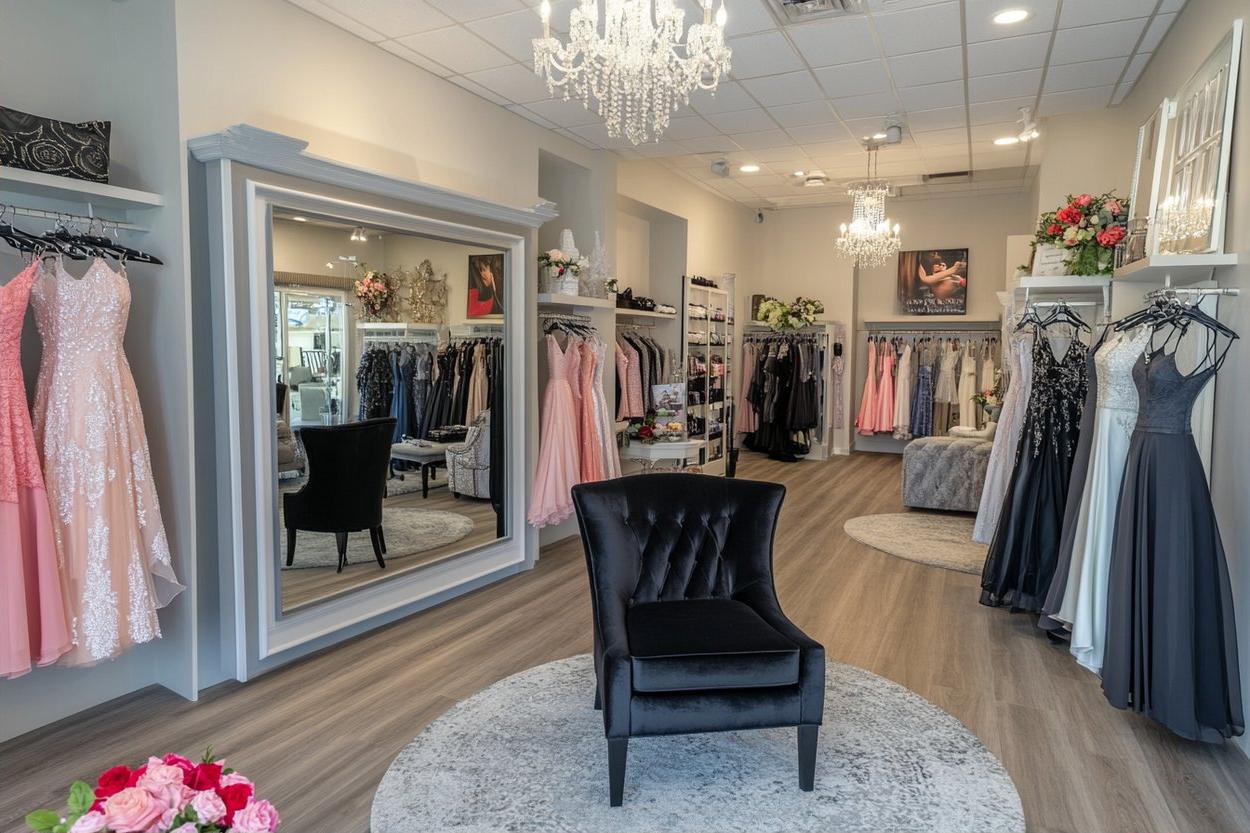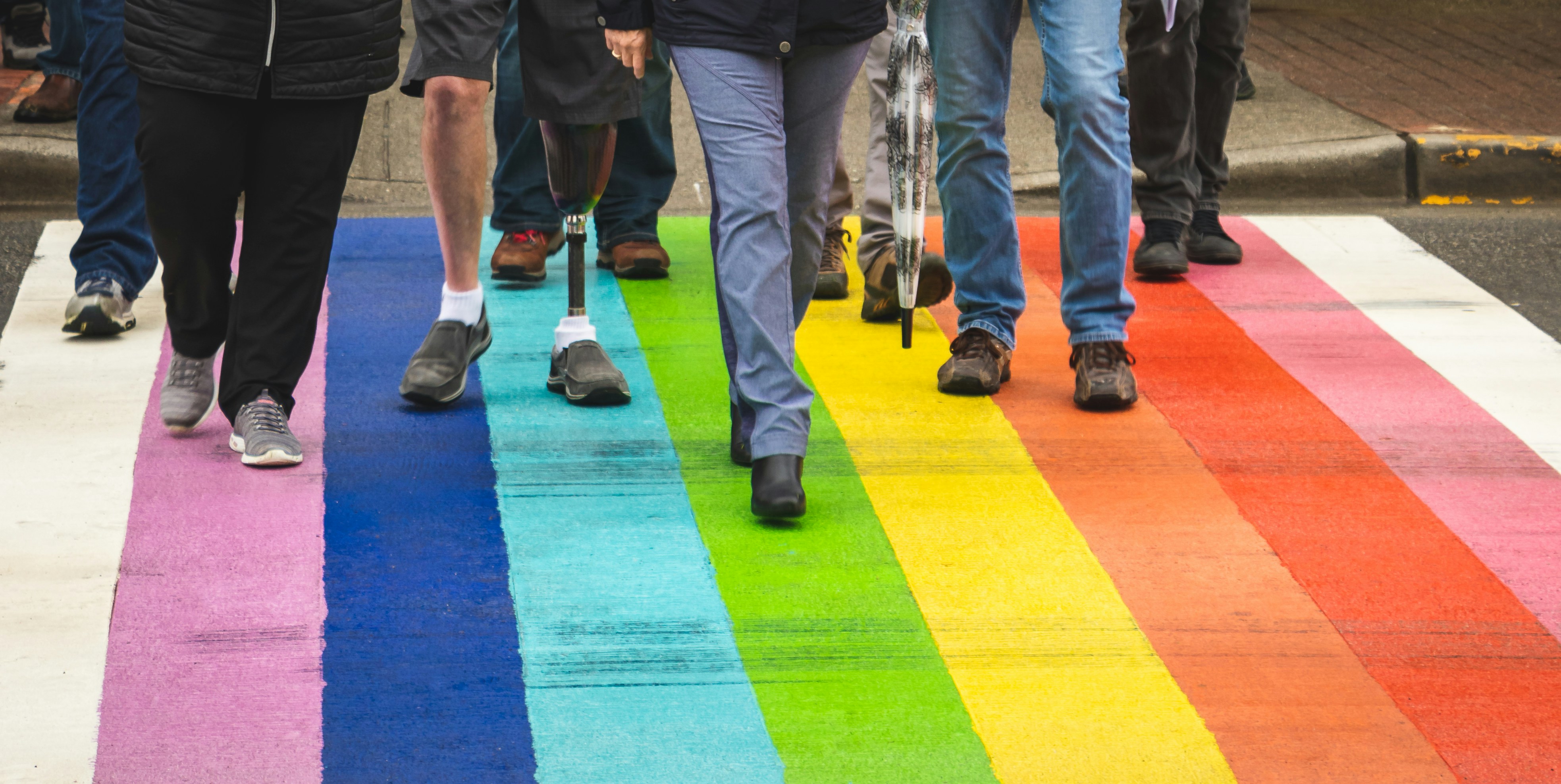The Alluring World of Androgynous Fashion: A Modern Trend with Historical Roots
Fashion isn't just about clothes—it's a reflection of societal attitudes and cultural shifts. Androgynous fashion, the aesthetic of mixing masculine and feminine elements in clothing, is a perfect example of this dynamic. It's more than a mere trend; it's a movement that challenges traditional gender norms and offers a fresh perspective on self-expression. Let's dive into the fascinating world of androgynous fashion, its historical origins, and its growing influence in contemporary style.

Androgynous Fashion: Tracing the Roots
Androgynous fashion finds its roots in the 1920s, with the rise of the flapper movement. Women started wearing masculine attire, such as trousers and tailored suits, in defiance of societal norms. In the 1960s and 70s, the trend resurfaced with the unisex style movement, which promoted clothing items like jeans and t-shirts that could be worn by both genders. Today, androgynous fashion is seen as a vehicle for self-expression and a way to challenge conventional gender roles.
The Rise of Androgyny in Modern Fashion
In recent years, androgynous fashion has gained significant traction in the industry. High-fashion brands like Gucci, Saint Laurent, and Vetements are blurring gender lines with their collections. This trend is also reflected in the rise of gender-neutral stores and clothing lines, which cater to consumers who don’t want to be confined by traditional gender norms when it comes to their wardrobe.
The Appeal and Influence of Androgynous Fashion
Androgynous fashion is about more than just style—it’s about freedom and individuality. It empowers individuals to express their identity in a way that feels authentic to them, without being constrained by societal expectations. This trend also promotes inclusivity, as it caters to individuals across the gender spectrum. As a result, it’s not just influencing fashion trends—it’s also shaping social attitudes towards gender and identity.
Practical Tips for Embracing Androgynous Fashion
-
Experiment with Different Silhouettes: Try mixing traditionally masculine and feminine silhouettes in your outfits. For example, pair a tailored blazer with a flowy skirt, or wear a floral blouse with straight-leg trousers.
-
Play with Accessories: Accessories can be a great way to add a touch of androgyny to your look. Think chunky watches, brogues, or fedoras.
-
Embrace Neutral and Earthy Tones: Neutral tones like black, white, grey, and earthy shades like brown and olive are commonly associated with androgynous fashion.
-
Don’t Be Afraid to Mix Patterns and Textures: Mixing different patterns and textures can add depth and interest to your outfits. Try pairing a striped shirt with a floral skirt, or a leather jacket with a lace top.
In conclusion, androgynous fashion is much more than a fleeting trend—it’s a powerful movement that challenges traditional gender norms and promotes individuality and self-expression. It’s a testament to fashion’s ability to reflect societal shifts and cultural attitudes, making it an exciting area to watch in the coming years. As with any fashion trend, the key to embracing androgyny is to adapt it to your personal style and comfort level. After all, fashion is all about expressing your unique identity and having fun with your wardrobe.





